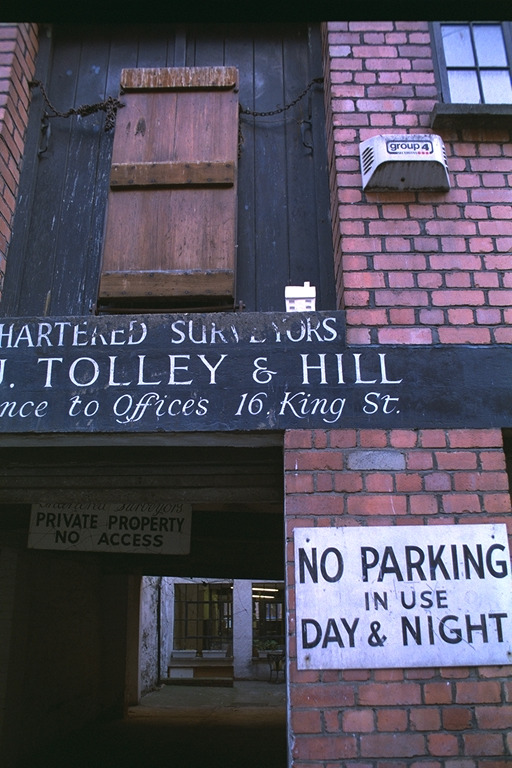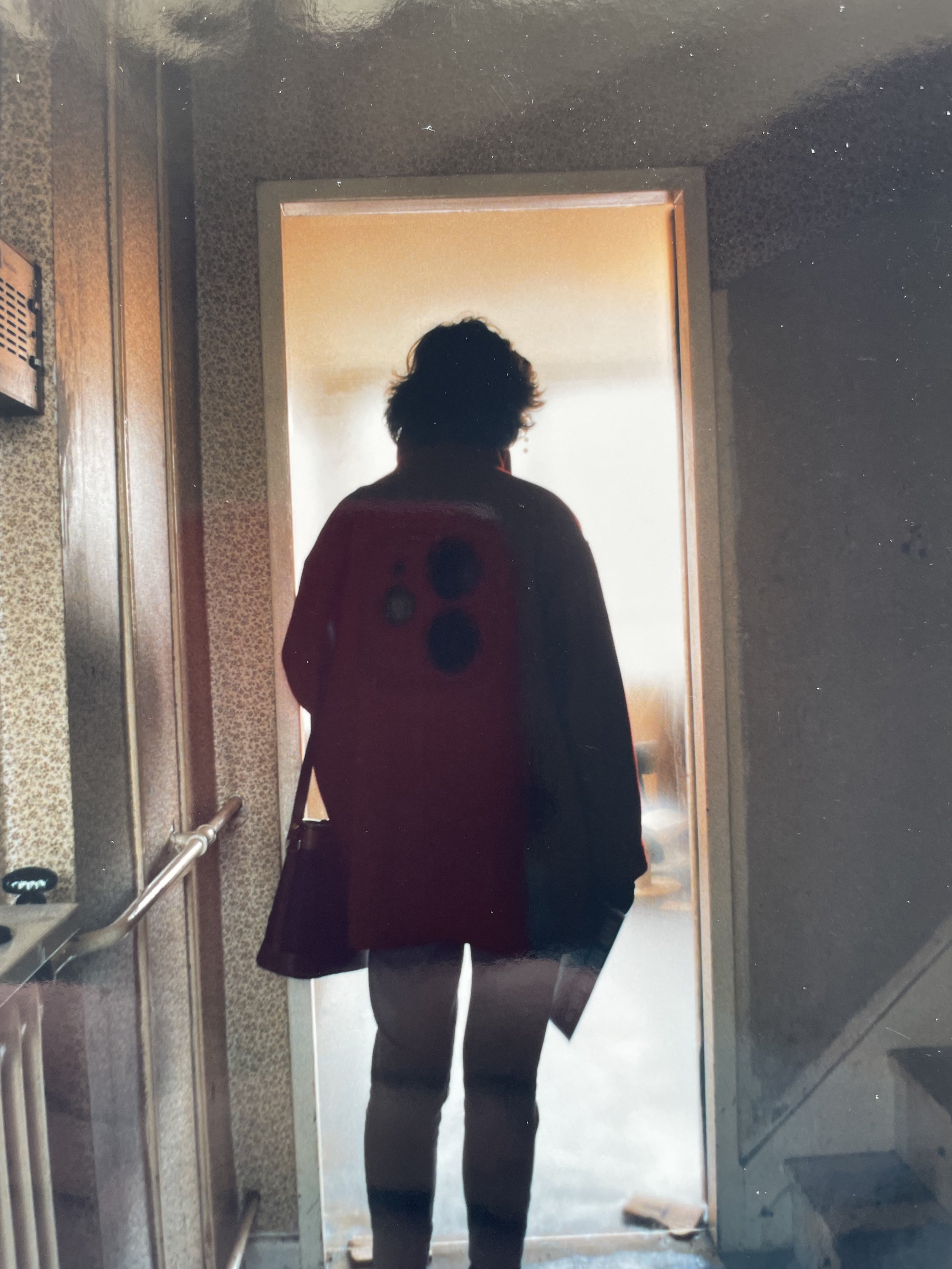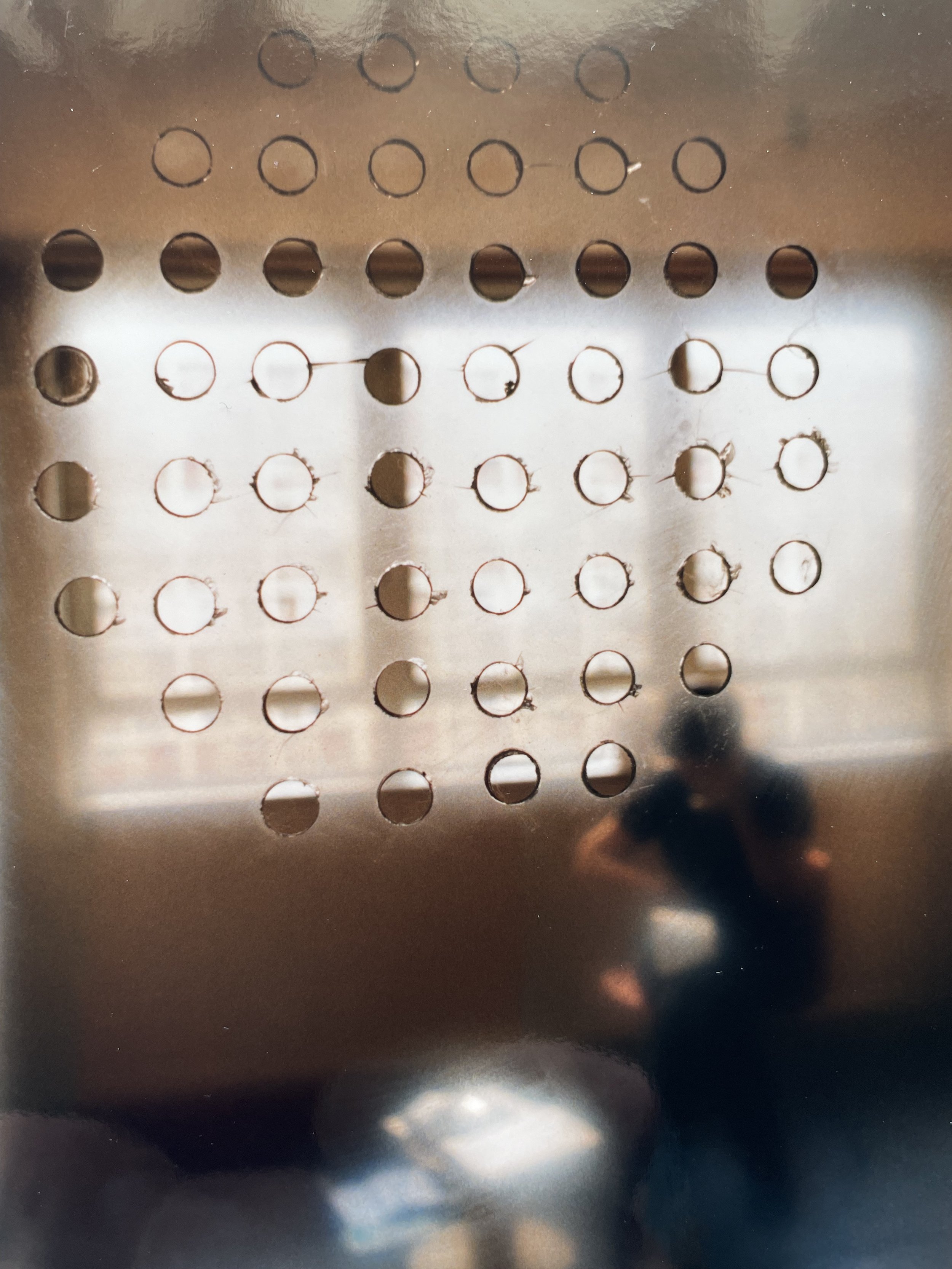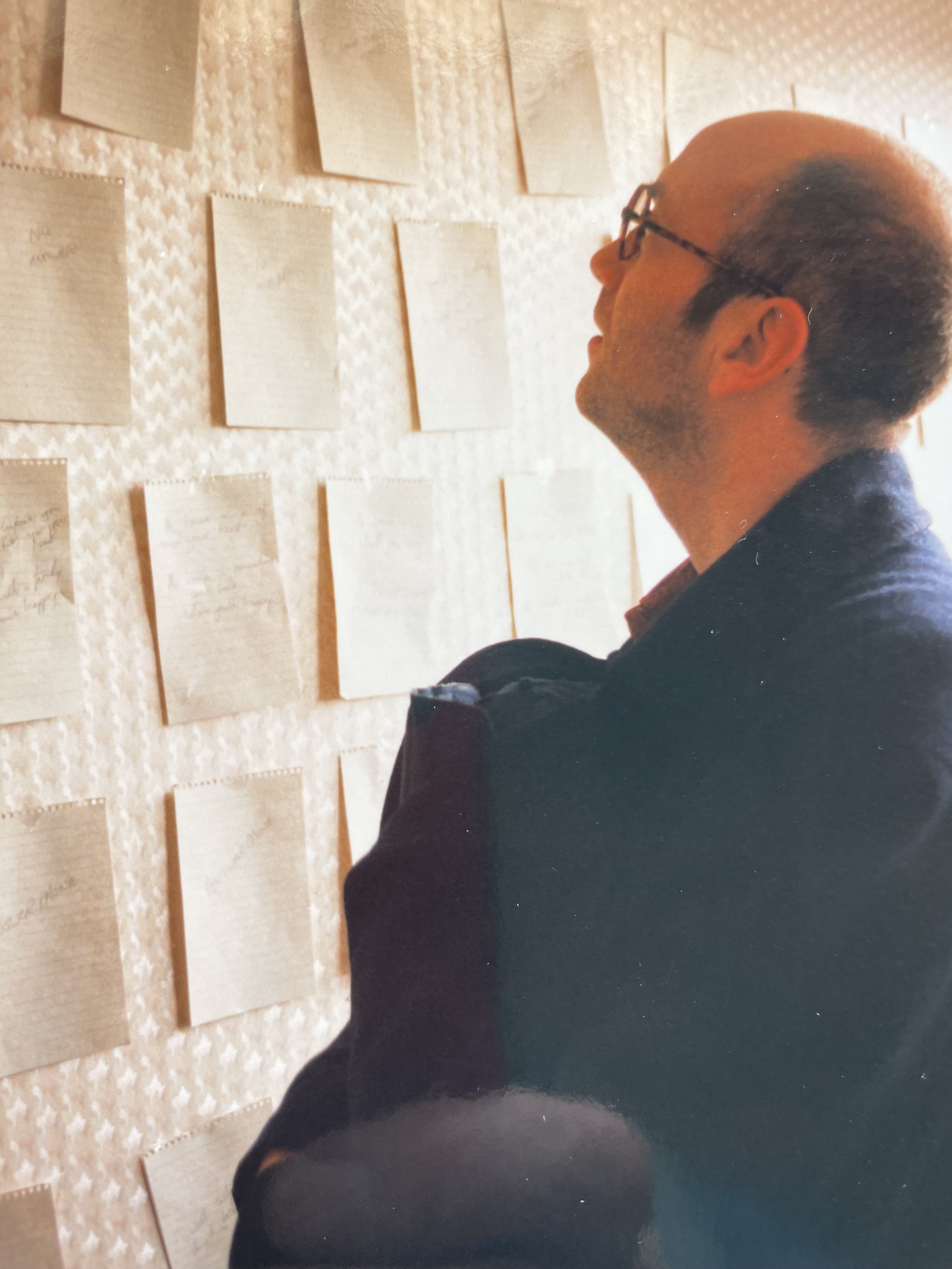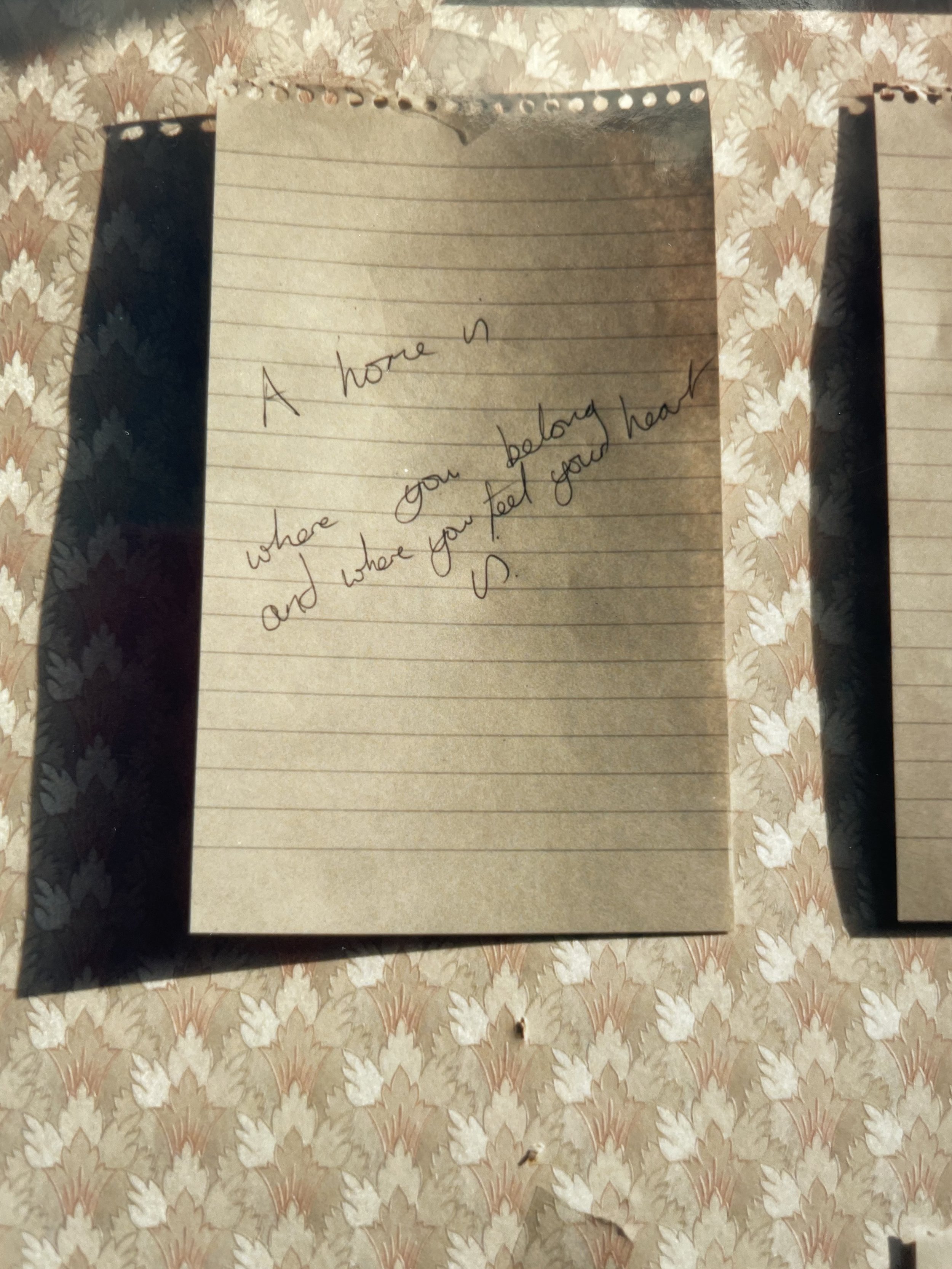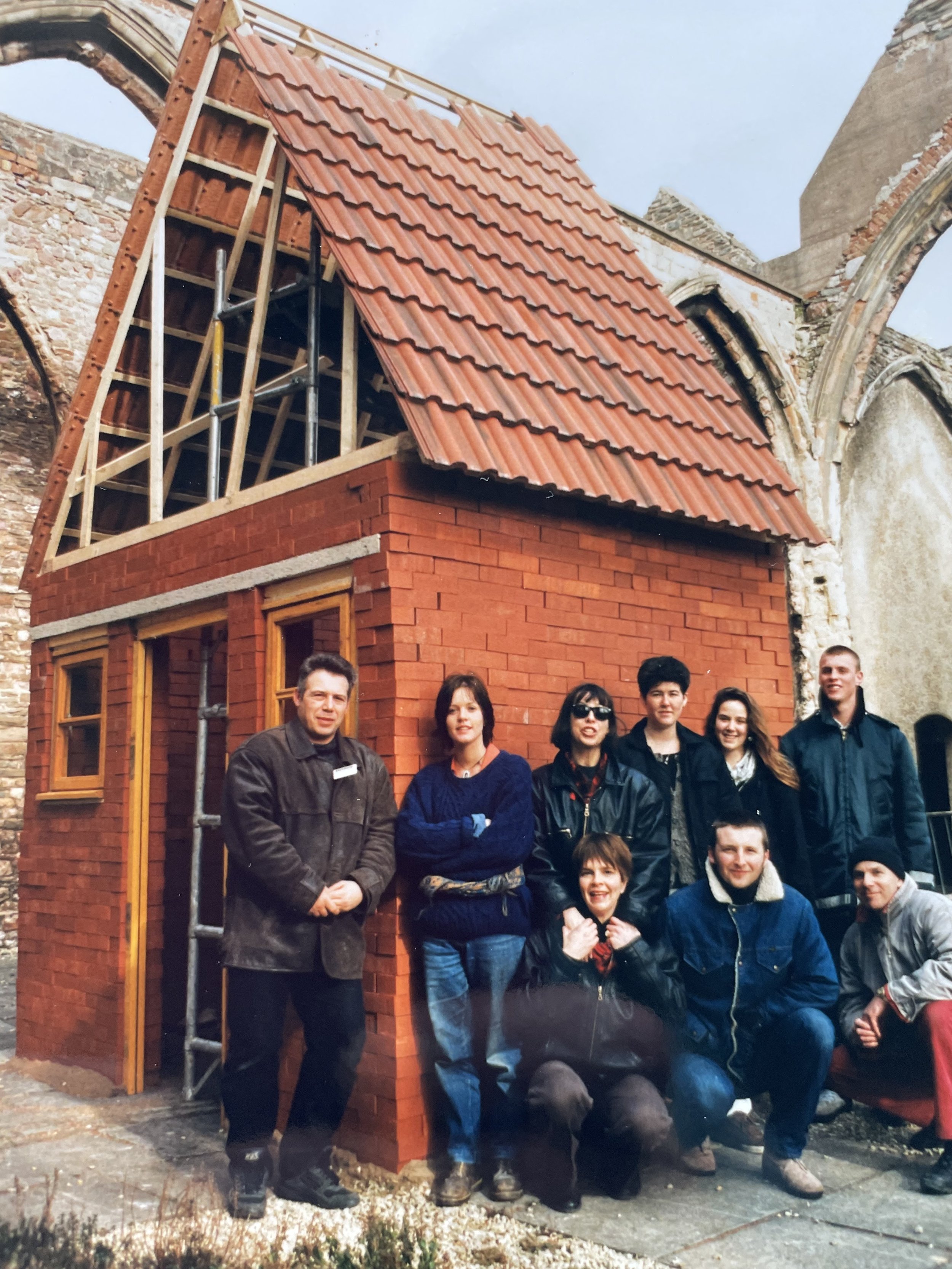THE ZWILLINGE PROJECT EPISODE 10 ARCHIPELAGO
What the Zwillinge Project achieved in their final episode was to take their art out of the gallery, engage it with social issues and to reclaim the city itself as a place for excitment, mystery and meaningful encounter.
Nine sites in the city centre were linked in a circular route. At the first site, the Arnolfini Gallery, an encapsulated colour map was issued to participants which had the route marked and a series of instructions. The happenings at each site were kept a secret and this produced an effect more like the pursuit of a paper chase or the revelations of a detective story than the serious contemplation of a work of art. For the two walkers I was with, who are infrequent gallery visitors, this had a remarkable effect, they began highly sceptical but after visiting site number two were anxious to find out what happened next. And as the art was happening outside of the socially exclusive space of the gallery they were much more comfortable about interpreting what it meant for them. As was I.
Site No.2 was a block of system built council flats which we we entered by dialling through the door intercom and taking a lift up to a deck walkway. At the flat a project assistant ushered us into what was clearly a dis-used flat - unfurnished and piled up with old mail. The front room was separated from the rest of the flat by a piece of perspex through which we could see and hear a researcher telephoning. Each call consisted of a question, 'what is the difference between a house and a home?' In the three bare rooms upstairs the responses to the previous calls were sellotaped to the walls. The sense of mass testimony was both incredible and unexpected - there were thoughtful and brief statements, insults, banalities and answerphone messages. The project had moved us from the public space of a gallery through equally public streets into the private world of a council flat and then put the public back in there through a telephonic connected-ness.
a live art walk through 9 sites in the city centre - 7 days for 6 hours each day
plaster of paris 'houses', bricks, roof tiles, wood, photograph portraits, cardboard tray, blanket, torches, non-reflective perspex screen, 787 telephone calls, notepaper, sellotape, an empty council flat, a roofless church, a banner asking "What do you notice?", library newspaper reading room, a nightshelter, public telephones, a cave, a shopping street, a map, gravestones, hard hats
conversing with audience, building a house without mortar, making telephone calls asking "What is the difference between a house and a home?", offering small photograph houses.
additional performers: Matthew Harding, Gary Winters, Harriet Vessey, Jo Walsh, Bridget Mazzey, Louise Teale, Tony Ella, Kevin Newton, Keith, John, Spooky
The sites that followed included: a small house being constructed within the sheltering walls of a bombed out roofless church, a floating performer who appeared to be begging but was actually 'offering' small houses made from photograph self portraits, a banner only visible from the top of the Cabot Tower which demanded "WHAT DO YOU NOTICE?" and the city Library's newspaper reading room where participants were directed to search out a number of stories from the day's newspapers.
At Site No. 5 - an underpass where homeless people often gather, participants were told that something would happen every fifteen minutes. This forced a kind of looking which might usually be avoided in such a place. On the quarter hour one of the public telephones rang allowing participants to answer for themselves the question first posed at Site No.2. The final site was a nightshelter where participants had the chance to talk with homeless people, the artists and each other.
Inbetween the nine main islands the project maintained an attentive gaze upon Bristol's urban fabric by placing small white plaster houses in nooks and crannies normally overlooked by rushing pedestrians. The search for the white houses effectively re-charged the concrete city with meaning and the artists prefigured this renewed attention in their instructions - "Try to look and notice as if for the first time"
I was profoundly impressed by Episode 10 - Archipelago, Bristol.
Eric Laurier
Research Fellow
Dept of Geography, University of Wales

